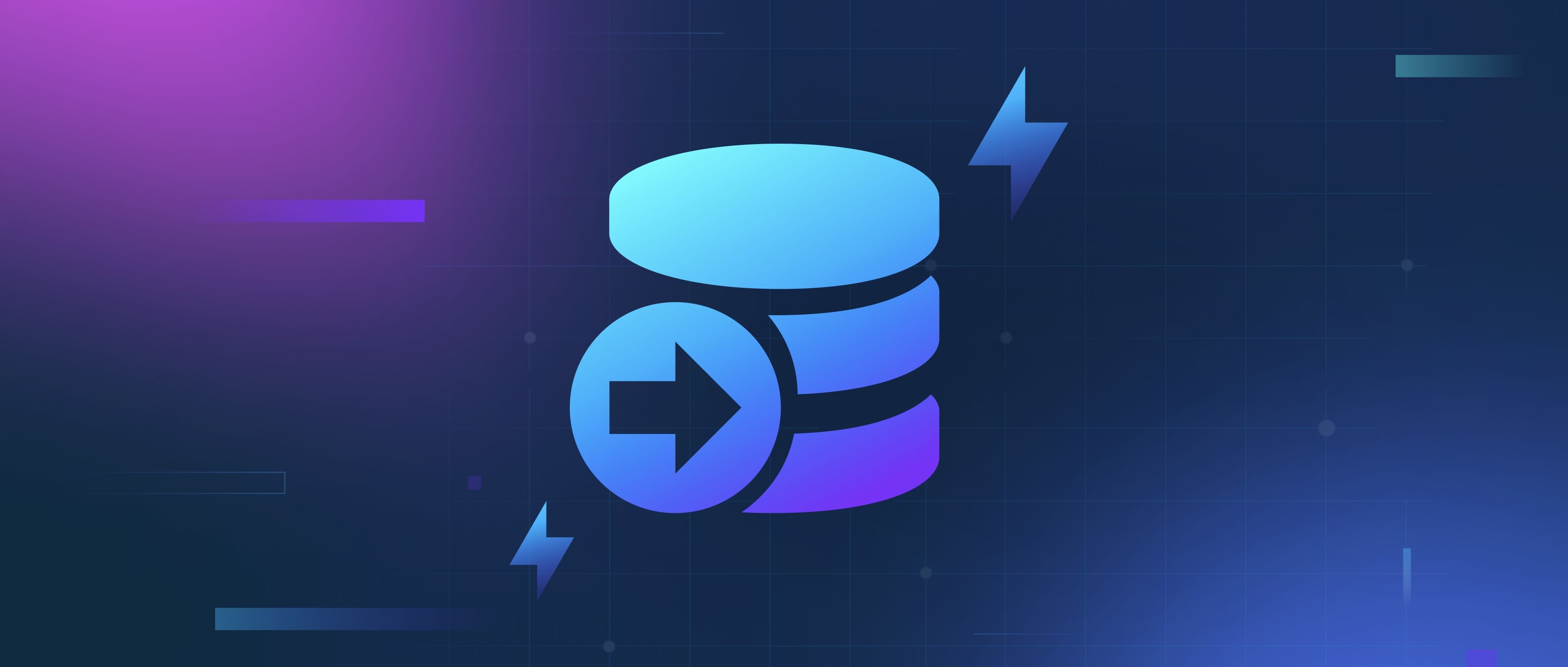Stochastic optimization in swarm intelligence refers to a method of solving optimization problems using a population-based approach, where individual solutions explore the problem space based on probabilistic behaviors. In swarm intelligence, groups of simple agents (such as particles or ants) interact with one another to find optimal solutions through a process inspired by the behavior of natural systems. This type of optimization accounts for randomness in the decision-making process, allowing the swarm to effectively explore a wide range of possible solutions and avoid getting trapped in local optima.
A common example of stochastic optimization in this context is Particle Swarm Optimization (PSO). In PSO, each particle represents a potential solution and moves through the solution space by adjusting its position based on its own experience and the experience of neighboring particles. The movement incorporates stochastic elements, such as adding random perturbations to the particle's position, which enables a diverse exploration of the search space. This randomness is crucial because it prevents particles from becoming overly reliant on a specific path, which can lead to premature convergence on suboptimal solutions.
Another example can be found in Ant Colony Optimization (ACO), where artificial ants simulate real ant behavior in seeking paths to food sources. These ants deposit pheromones on the paths they take, creating trails that other ants can follow. The probability of an ant choosing a particular path is influenced by the pheromone concentration and can include a stochastic component that introduces variability in the exploration. This approach allows the swarm to collectively discover efficient paths over time while reducing the risk of getting trapped in less optimal routes due to the inherent randomness of the process. Overall, stochastic optimization within swarm intelligence enables the effective handling of complex optimization problems in a wide range of applications.
